Panorama 360, Moon, Apollo 11 — vol. 2 Apollo 50th anniversary Apollo 11.
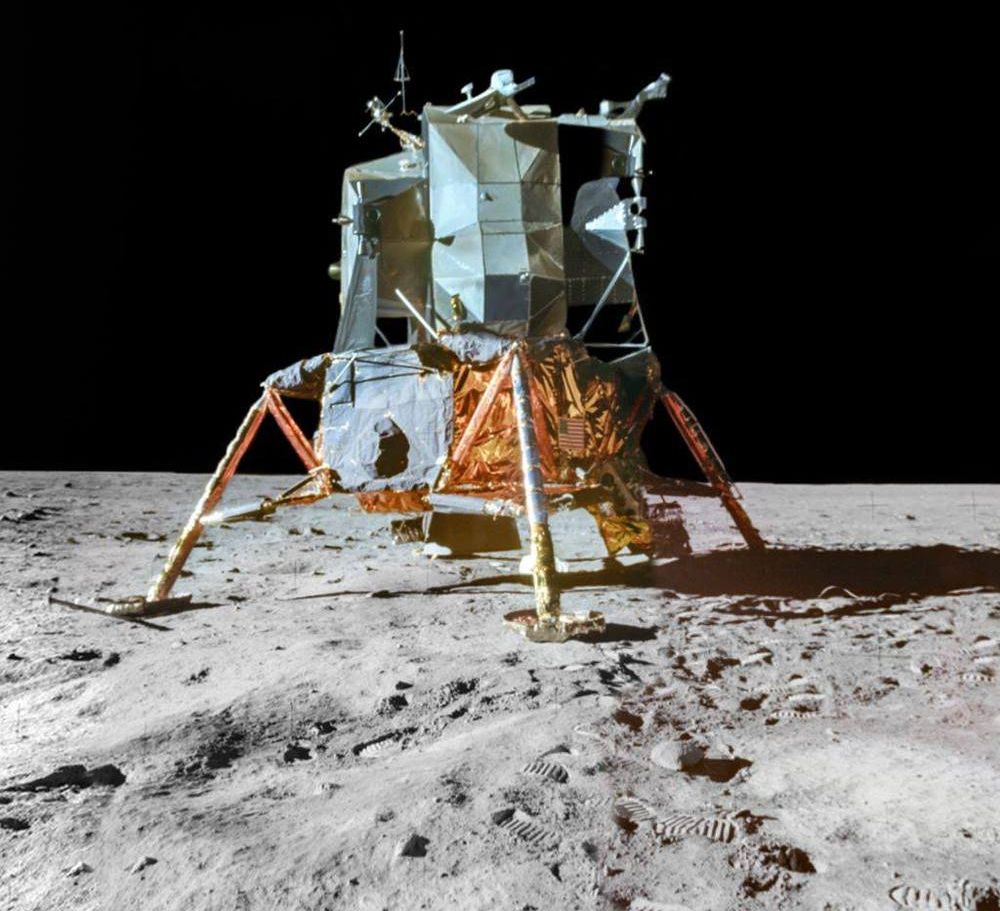

My mission is to drastically improve your life by helping you break bad habits, build and keep new healthy habits to make you the best version of yourself. I read the books and do all the research and share my findings with you!
This video is an interview of Dr. Aubrey de Grey @ SENS on July 17, 2019. My wife, Lauren Nally, was our camerawoman.
- Please consider a donation so I can continue to keep my YouTube ads off: My Bitcoin Cash (BCH) address: qr9gcfv92pzwfwa5hj9sqk3ptcnr5jss2g78n7w6f2 or https://www.paypal.me/BrentNally
- Please consider a donation to SENS: https://www.sens.org/
SHOW NOTES:
- Aubrey’s wikipedia: https://en.wikipedia.org/wiki/Aubrey_de_Grey
- SENS wikipedia: https://en.wikipedia.org/wiki/SENS_Research_Foundation
- like & follow SENS on Facebook: https://www.facebook.com/sensf/?ref=br_rs
- subscribe to Undoing Aging’s YouTube channel: https://www.youtube.com/channel/UCAwxbQhlE6qcTXmKcxkaCGA/videos
- follow Aubrey on Twitter: https://twitter.com/aubreydegrey
- follow SENS on Twitter: https://twitter.com/senstweet
- follow Aubrey on LinkedIn: https://www.linkedin.com/in/aubrey-de-grey-24260b/
- follow SENS on Instagram: https://www.instagram.com/sensresearchfoundation/
0:55 Type “Aubrey de Grey” into YouTube for lots of his lectures & interviews.
1:50 Update on the state of the anti-aging industry & explosion of private sector interest.
5:05 Intro for Aubrey
5:35 My May 30, 2019 interview with Sierra Sciences CEO Dr. Bill Andrews: https://www.youtube.com/watch?v=Tx9yG6iTROQ
6:25 diversity of messaging in anti-aging is increasing.
7:10 My July 10, 2019 interview with BioViva CEO Liz Parrish: https://www.youtube.com/watch?v=oBFTwGPaPr4
8:28 Aubrey shares his updated thoughts on the role of telomerase in cancer in humans.
12:00 Liz had here telomeres tested by SpectraCell Laboratories: https://www.spectracell.com/clinicians/products/telomere-testing/ & LifeLength: https://lifelength.com/
14:10 there has recently been more testing on humans in the field of the biology of aging.
15:44 It’s obvious to Aubrey & I that aging is a big problem but most people still don’t understand this.
18:40 profound difference between how scientists & technologists think.
22:11 Watch the documentary “The Immortalists” about Dr. Aubrey de Grey & Dr. Bill Andrews: https://www.theimmortalists.com/watch/?
22:58 updates on anti-aging investments & research projects.
30:01 stem cell therapy is intended to repair cell loss.
30:50: we have a massive funding problem to reverse human aging.
32:53 we must educate the public that aging is causing 100,000 deaths per day and funding biological age reversal research can change this.
36:52 Is human aging a disease?
44:10 FDA progress to treat age-related diseases/conditions.
47:38 World Health Organization ICD code progress to treat age-related diseases/conditions.
50:02 Trans-NIH Geroscience Interest Group (GSIG)
54:40 “triangular log jam” of funding with governments, scientists and public opinion.
56:30 Aubrey shares why SENS still exists.
1:00:38 Ethereum cryptocurrency founder Vitalik Buterin & other SENS donors.
1:01:55 Undoing Aging is a conference held every spring in Berlin, Germany.
1:04:53 July 2019 is Aubrey’s 2-year anniversary at AgeX as the VP of New Technology Discovery.
1:08:44 Jeff Bezos donated $100 million to Unity Biotechnology, Inc. (not Human Longevity Inc.) in 2018.
1:11:02 (Larry) Ellison Medical Foundation failure in reversing human aging.
1:14:15 Google co-founders creating Calico rather than investing in or donating to SENS
1:21: Aubrey shares details about his lifestyle as well as his recommendations for a healthy lifestyle.
1:24:25 Aubrey looks up to the longevity “foot soldiers“
1:28:42 do what you love as much as you can to avoid excess mental, physical and emotional stress.
1:30:40 Aubrey is following all longevity therapies to determine their safety & effectiveness.
1:32:20 my stem cells story & Aubrey’s feedback.
1:34:58 EmCell in Kyiv, Ukraine is the only company doing fetal stem cells therapy.
1:39:20 exosomes
1:41:00 I’ve had no reply from Ambrosia founder Jesse Karmazin since October 2018.
1:42:51 My March 26, 2019 interview with Dr. Ed Park at Recharge Biomedical: https://www.youtube.com/watch?v=xHgfYKsH0uw&list=UUCwpkla04t…qA&index=6
1:44:31 NAD+
1:47:39 gene therapy
1:53:37 please network on the internet & in person with other longevity enthusiasts to help grow this movement faster.
1:58:48 mitochondria
2:00:48 long lived animals
2:01:49 consider a donation to SENS
- Forever Labs 1 year free cryogenic storage discount code ($250 value): BN801
‘Ruthlessly systematic’ research achieves qubit communication 200 times faster than ever before.
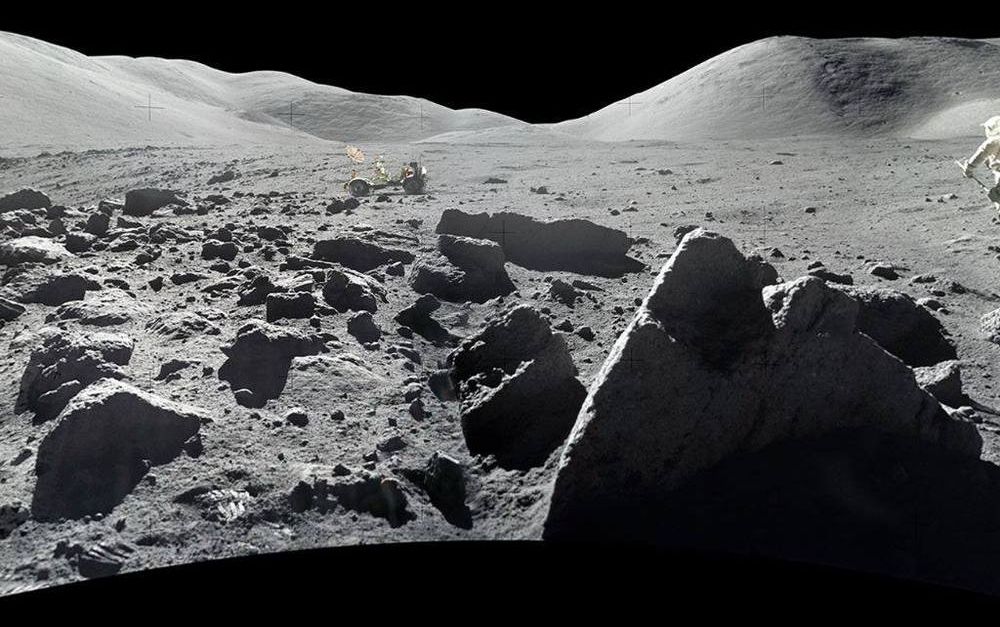
After a thunderous launch on a Saturn V rocket, a three day journey through the unforgiving environment of space and a daring descent in the Lunar Module, you’re here: standing on the Moon. Look around and take in the sights of the surface, just as Apollo 17 astronauts Eugene Cernan and Harrison Schmitt saw it almost 5 decades ago. #Apollo50th
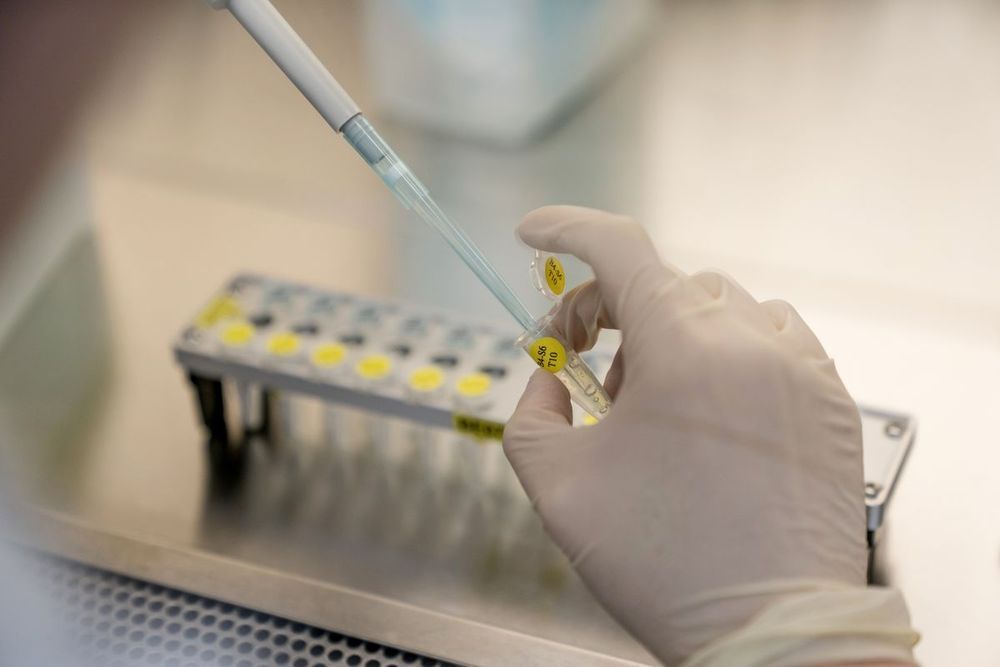
Two important developers of the celebrated Crispr gene-editing technology said they will make it easier for researchers to license their intellectual property, a move aimed at hastening innovation in the burgeoning field.
MilliporeSigma, the life-sciences tools division of German pharmaceutical giant Merck KGaA, and the Broad Institute of MIT and Harvard said researchers will be able to get nonexclusive rights to patents held by both organizations for research purposes with a single license.
Companies will have to pay a licensing fee. Nonprofit and academic institutions will be permitted to license the patents for free, the organizations said in a news release on Thursday.

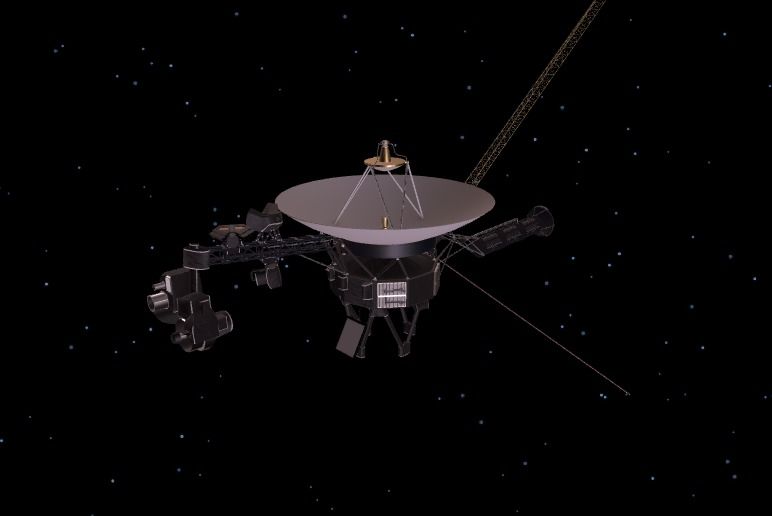
It’s been almost 42 years since NASA sent its two Voyager spacecraft on record-breaking missions, and both of the decades-old robots are still alive. Voyager 1 and 2 are 13.5 billion and 11.1 billion miles from Earth, respectively, and it’s up to NASA engineers to ensure they remain up and running for as long as possible.
As the agency reveals in a new update, mission managers recently decided to shut down one of the heaters on Voyager 2 which is designed to keep its cosmic ray subsystem (CRS) instrument at a comfortable temperature. This was done to conserve energy, but the CRS itself miraculously still works, despite dipping well below the temperatures it was tested at over four decades ago.
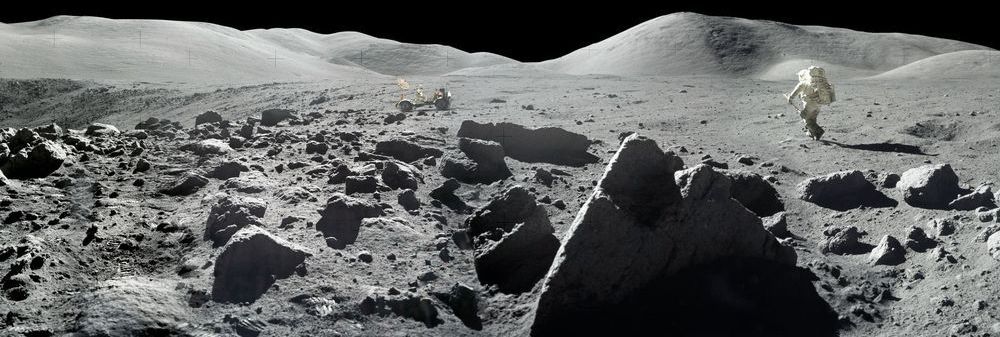
After a thunderous launch on a Saturn V rocket, a three day journey through the unforgiving environment of space and a daring descent in the Lunar Module, you’re here: standing on the Moon. Look around and take in the sights of the surface, just as Apollo 17 astronauts Eugene Cernan and Harrison Schmitt saw it almost 5 decades ago. #Apollo50th
NASA imagery experts at NASA’s Johnson Space Center have “stitched together” images from the Apollo landing sites on the Moon for a 50th anniversary reminder of what the 12 humans who walked on its surface experience visually.
Individual images taken by the Apollo astronauts were pulled together by NASA imagery specialist Warren Harold at Johnson, and the accuracy of the unique perspective they represent was verified by Apollo 17 astronaut Harrison “Jack” Schmitt, the only geologist to walk on the Moon.
“The Valley of Taurus-Littrow on the Moon presents a view that is one of the more spectacular natural scenes in the Solar System,” Schmitt said about the images stitched together from his Moon base Station 5 at the Taurus-Littrow landing site.


Researchers from Johns Hopkins University have published a new study that sheds light on skin rejuvenation, and it shares a link with what some cosmetic companies are doing using laser therapy.
A link between cosmetics and regeneration
During their study, the researchers found that the laser treatments used by cosmetic companies and retinoic acid, which is produced by the skin and sold commercially to treat wrinkles and sun damage, also target the same pathway. In addition, they also found that the activity of this pathway is increased in mice when they regenerate their hair follicles [1].